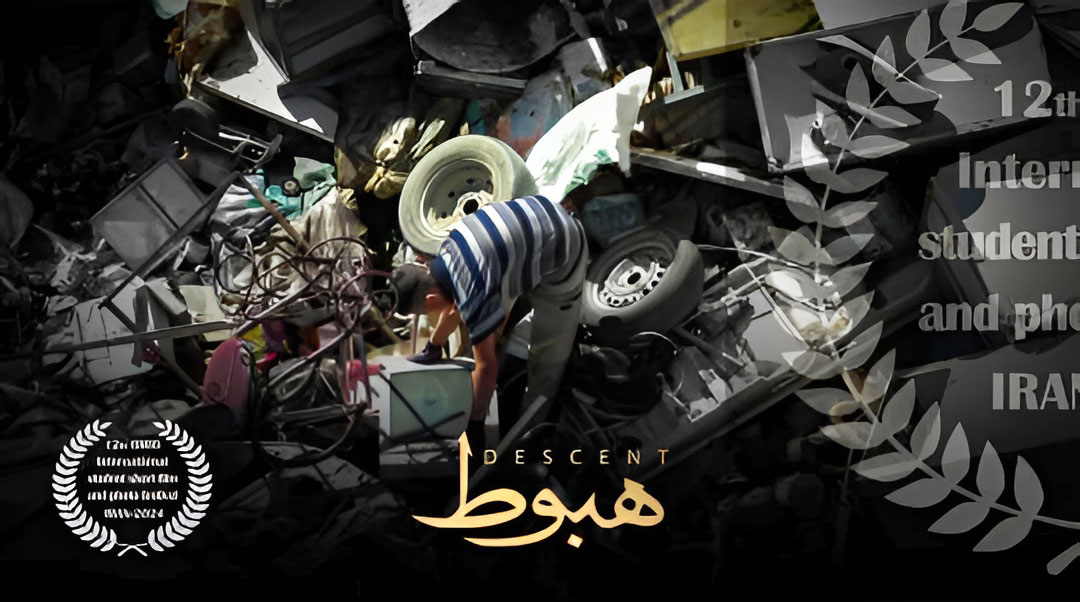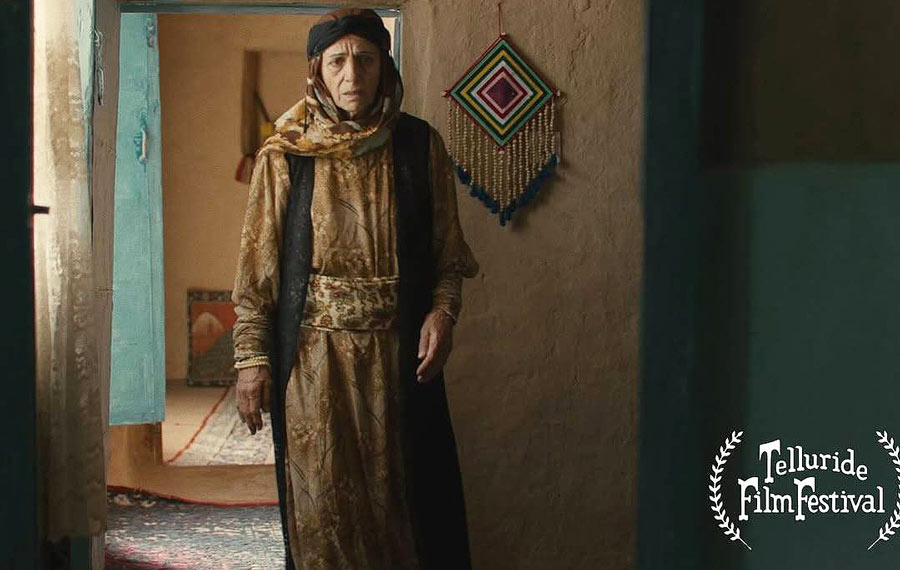Companionship Cinema and Philosophy

We are facing a new concept: Filmosophy. A combination of the two words film and philosophy. It is also a new combination in English. The point that comes to mind when seeing this new combination is its implicit reference to the connection between philosophical thought and cinematic studies.
There is no doubt that cinema has been indebted to thought from the very beginning. Philosophical ideas emerge and films are made from them directly and indirectly. One hundred years after the life of cinema, this medium has reached a position that can directly affect the currents of thought and create new concepts.
In recent decades, we have seen the evolution of film theories and the increasing relevance of film studies and other humanities. In addition, during these years, many researchers in various fields of humanities such as psychology, sociology and linguistics have studied cinema (as a new and influential medium). It is safe to say that there is no film that has no thought behind it. From anarchist and anti-story films to family films (with Handycam). Even pornographic films all come from at least one original idea.
Filmosophy has been defined by the following statements: the new philosophy of cinema, a bold intervention in film theory and philosophy, the study of film as a new kind of perception, the adaptive and poetic philosophy of film, and a statement for a new perception of cinema.
Filmosophy is the study of cinema as a way of thinking. An attempt to combine twentieth-century cinematic ideas as thought (from Hugo Munsterberg to Antonin Artaud and Sergei Eisenstein to John Luis Schaefer and Jill Deleuze) with the practical theory of “thought film.”
English writer and filmmaker Daniel Frampton recently published a book entitled “Filmosophy”. One of the editors of the Journal of Film-Philosophy, he argues in his book that film style can express poetic ideas. This expression is conveyed by the dramatic meaning of the film’s characters, spaces, and events. The book discusses contemporary filmmakers such as “Bella Tarr” and “Darden Brothers” and seems to be a timely work in the study of film and philosophy. A work that will raise a lot of controversy among viewers and filmmakers.
Regarding the choice of this new word (Neology), the author points out that in 1993, after watching the film “Europe” by Lars von Trier, he came to the conclusion that in order to express his personal experience of seeing these images, the word might be better. Choose a new one that reflects the new experience of the film as a thought. He writes: “Filmosophy is not a difficult word to achieve; it is somewhat reminiscent of the French’s filmology movement of the 1920s. “And unbridled, which was common in the past.”
Since new theoretical topics, especially in certain fields, usually arrive in Iran a few years apart, this book will probably not be translated in Iran any time soon. But it is interesting that before the publication of this book in England, in 2004 the translation of parts of these topics (using internet sources) was published by Mashhad University Jihad Publications in the form of a small book: “Filmosophy, the study of film as a thought “, By Daniel Frampton, translated by Shahrooz Yousefian.
The first part is an introduction to Filmosophy and the second part is color thinking or color interpretation from the perspective of Filmosophy. On the cover of the book is the first scene of Kieslowski’s blue film: a glitter in blue light and a clever choice. Because Blue is a film that has a lot of thought-provoking themes. The translator, who is a film graduate, writes in the book’s preface: “The original text so happily crosses the line between philosophy and cinema as if poetry were in the realm of language; sometimes philosophy, sometimes cinema, and sometimes a fusion of their coexistence. And in the new image, poetic words, such as: philosophical! “
In a situation where we are faced with a lack of theoretical sources and basic reference books in cinematic studies and sometimes philosophy, the design of these topics, even in this limited range, is noteworthy at the same time as the publication of its original source.
Frampton believes that Filmosophy is, in fact, reinterpreting film as a thoughtful phenomenon (in terms of the film’s understanding and feeling of the dramatic text and its characters). Here the form of the film expresses the essence of the film’s thought. While thinking is done by all films. All movies that think. Film philosophy is an interpretive approach to film. Because any film can have thoughtful elements. This approach to poetic and philosophical translation is a kind of: zooms, depth of field, slow movements, editing transitions, pen-camera movements, and it is also a translation into the language of feeling with the intention of questioning and thinking.
Regarding the relationship between philosophy and film, the author points out that the purpose of this paper (Filmosophy) is not to consider philosophy as the ultimate style of film; Or that the film seeks its full success in philosophy. Philosophy is merely an enjoyable, dynamic, and poetic medium that imagines a connection to film. And, of course, it aims to enhance the influential role of the film.
“What is the starting point of my research, the question?” Writes Frampton on the background to this debate. “It wasn’t; I was thinking about the film’s interpretation from the beginning and realized that the language I use is inappropriate for the film. I wanted to find a better language in the description of the film. A language beyond technology and culture (yet I deeply believe that there is no such thing as a pure philosophy for describing a film. Just as any kind of description is essentially a form of judgment).
As “Victor Francis Perkins” refers to in the film as a film (translated by Abdullah Tarbiat, Akhtaran Publications). The real problem is “getting those descriptions that are” specific “and” comprehensible “enough to be useful.”
DN Radvik of Harvard University writes of the book: “An extremely bold book. Filmosophy neither presents the philosophy of film nor extends the idea of how film contributes its material philosophical interpretation. Daniel Frampton is more explicit. And Roshan argues that film is philosophy, that it is itself, an aesthetic and philosophical expression, a medium for thinking, accompanied by thinking, considering film as an “organic insight,” Frampton learns from the lessons of Jill Deleuze and Stanley Cowell. “It takes things to present one of the most original philosophies of film in the last thirty years.”
Jeffrey Noel Smith, a renowned professor at the University of London and a film studies expert, writes in a brief review of the book: “Filmosophy offers a heartfelt and compelling discussion about a new encounter with film. A discussion that is trivial about film studies. It pushes the common and returns the viewer to the place of empathetic participation in the experience of watching the film, drawing a poetic and philosophical approach to the film in a completely different way from the dull land of most cinematic studies. “It plays a major role in the philosophy of film.”
The point remains that the term Filmosophy is just a lexical translation of an English word and we have to think of the correct Persian equivalent.
It is unlikely that this equivalent will become common in the coming years and there will no longer be an opportunity to choose words. Perhaps it is time for linguists and thinkers to pay attention to these new issues as well. However, this term seems to be one that cannot be translated. Of course, combinations such as “thoughtful film” or “philosophical view of cinema” can be suggested as its equivalent.
In Iran, works on the subject of cinema-philosophy have been published for many years, all of which can be studied as fields of this discussion.
“The Nature of Cinema” by Bozorgmehr Rafia (Amir Kabir Publications), “The Wisdom of Cinema” by Seyed Morteza Avini (Farabi Publications) and “The Semiotics and Aesthetics of Cinema” by Yuri Lutman translated by Masoud Ouhadi (Soroush Publications) are some of the works in Published many years ago. In recent years, works including translation and authorship in this field have been published. Examples include:
• Images of the Imaginary World / Babak Ahmadi (Markaz Publishing)
• Screening of Thought / Payam Yazdanjoo
• Cinema: A Report for Understanding, An Essay for Thought / Yousef Ishaqpour (Farzan Rooz Publishing)
• Cinema Semiotics / Kristen Metz / Translated by Robert Safarian (Veterans Cultural Center)
• Phenomenology and Cinema / Alan Kazeh Bih / Translated by Aladdin Tabatabai (Hermes Publication)
• Philosophy in Cinema Narration / Christopher Falzon / Translated by Nasreddin Ali Taghvian (Ghasidehsara Publication)
* Sources and references are available in the editorial office of Artmag.











